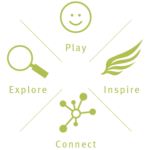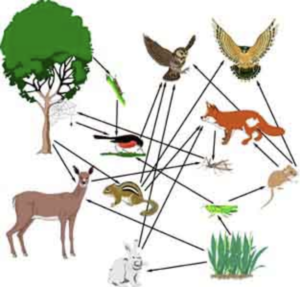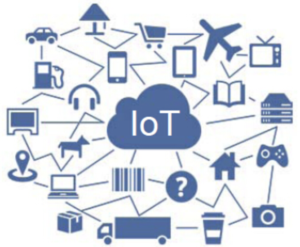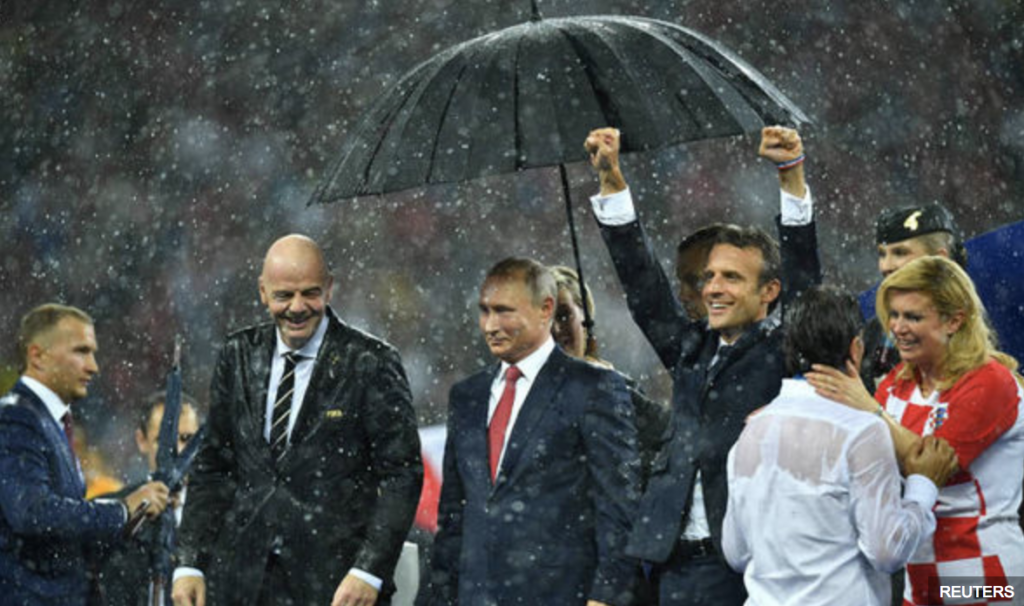
Trusting Your Gut in the Age of Information
Two years ago I was speaking with a Country Manager from an American multinational tech company when he asked me an HR-related question. He was contemplating whether to hire a young programmer who had no higher education degree. Ostensibly, he wanted my opinion. In reality, he just needed confirmation.
I knew he knew the answer, just as he knew my thoughts. But cultural norms are hard to break even for senior-level managers, so I entertained his inquiry. I asked about the young man’s skills, motivation, fit, attitude, and ability to learn. Not surprisingly, he responded to all in the affirmative. I then asked, “What does your gut tell you?”
MBAs are Leaving a Musky Scent on Innovation
What do Google, Apple, Ernst & Young, Hilton, IBM, Nordstrom, and Penguin Random House all have in common? These top 7 companies no longer require a college degree, rather place more emphasis on skills. And in a digital age skill acquisition is no longer bound to a university. Even Tesla and SpaceX founder Elon Musk believes there is a big problem in corporate America. At the WSJ CEO Summit in December, Musk stated, “I think that there might be too many MBAs running companies.”
Musk labeled the “MBA-ization of America” as the bane of product innovation. He believes big corporate CEOs should spend less time on board meetings and financials. “A company has no value in itself. This thing they call profit, should just mean over time that the value of the output is worth more than the inputs.” Musk urged CEOs to “get out there on the goddamn front line and show them that you care and that you’re not just in some plush office somewhere.” What results would Musk’s formula produce if applied to university costs (inputs) in relation to the student’s employability (output)?
What are Parents, Teachers, and Students Thankful for? YouTube
Both my sons would tell you straight up that if it wasn’t for the best teacher and tutor–YouTube–their academic performance would not have been and continue to be as high as without this essential learning tool. Homeschooling and distance learning have brought YouTube and free education-based learning platforms such as the Khan Academy to the forefront of learning. I’d be curious to know what percentage of high school and college students would credit such online platforms as reasons for passing and dare I say even graduating!
Teachers and parents are not always available for students, but YouTube is there 24/7. Videos can be paused and rewatched as needed at any hour of the day or night. Even pre-COVID the use of virtual classrooms enabled a new model of learning called the Flipped Classroom. Competent professionals and teachers making inspirational videos are modern-day virtual educators. They are here to stay and more are on the way.
Reevaluating Higher Education and Standardized Tests
Well-known and highly competitive international companies are beginning to write off higher education as a requisite for gainful employment. How will this trend impact the continuous rise in the cost of US higher education which has surged more than 538% since 1985? COVID has not only claimed the lives of over 2.5 million people. The pandemic has shone a bright light on the numerous social, racial, political, and economic injustices plaguing humans globally. The rising cost of US higher education contributes to all four.
There is another major change in higher education happening for the 2021-2022 college academic year. Pre-COVID about 2/3 of US colleges required applicants to submit SAT or ACT scores. As a result of COVID restrictions on the administration of standardized testing, over a thousand US colleges and universities for the upcoming year are waiving the SAT requirements. Most appear to be doing so only for the upcoming school year. Others are choosing to go several years without. They seem to be using this as an opportunity for a longitudinal study. Maybe they want to see what impact omitting aptitude tests has on recruitment, student performance, and job placement? What would be their reasoning for doing so?
What Are Companies Looking for in Candidates?
Standardized tests were designed to level the college admission playing field, but do they? The Scholastic Aptitude Test (SAT) only tests critical reading, math, and writing. How far will this knowledge alone get a recent graduate in today’s job market? We live in the age of information in which computers outperform humans. So what is needed in the marketplace in addition to technical skills?
Leadership, adaptability, cultural awareness, ethics, communication, and conflict management are six essential skills that companies seek. These essential human skills are not measured on a scholastic aptitude test. Companies, however, are at the end of the training and education line. They must teach these life-coping skills if not previously acquired by new hires. There is no one else. Companies are becoming surrogate parents and alternative education centers. So what value alone does the increasing cost of a diploma have for a company that ends up having to teach vital competencies needed in a fast-paced and even faster-changing global economy?
About the Author
Jean-Pierre Kallanian is a Human Systems Expert specializing in conflict resolution, intergenerational dialogue, and psychological safety. He is also a Youth Coach, Author, and Speaker. As the creator of the EPIC Model, Jean-Pierre brings out the expertise in groups by revealing patterns and refining human systems in real-time!












